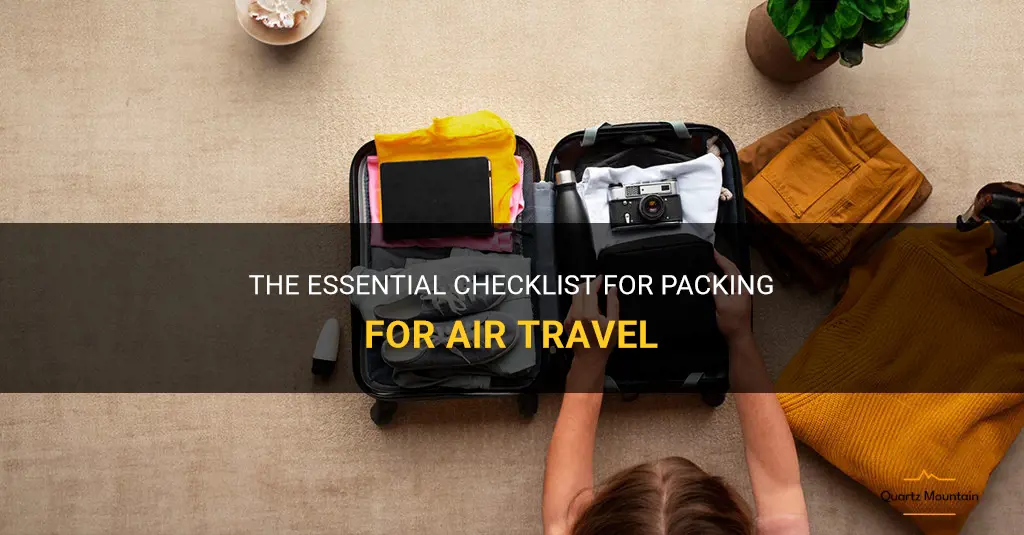
Imagine this: you've finally booked your dream vacation, the flights are all set, and you can't wait to embark on your adventure. But in the midst of all the excitement, there's one essential task that tends to get overlooked – packing! Whether you're a frequent flyer or a first-time traveler, knowing how to pack efficiently and effectively for air travel is crucial. That's why we've created the ultimate essential checklist for packing for air travel. From the necessary travel documents to the must-have items in your carry-on, we've got you covered. So, sit back, relax, and let us guide you through the art of packing for air travel, ensuring that you have everything you need for a seamless and stress-free journey.
What You'll Learn
- What are the essential items to pack for air travel?
- Are there any restrictions on what items can be packed in carry-on luggage?
- How can I pack efficiently for air travel to maximize space in my suitcase?
- What are some recommended items to pack for long flights to stay comfortable?
- Are there any specific items that should always be packed in a carry-on bag for emergencies or unexpected situations?

What are the essential items to pack for air travel?
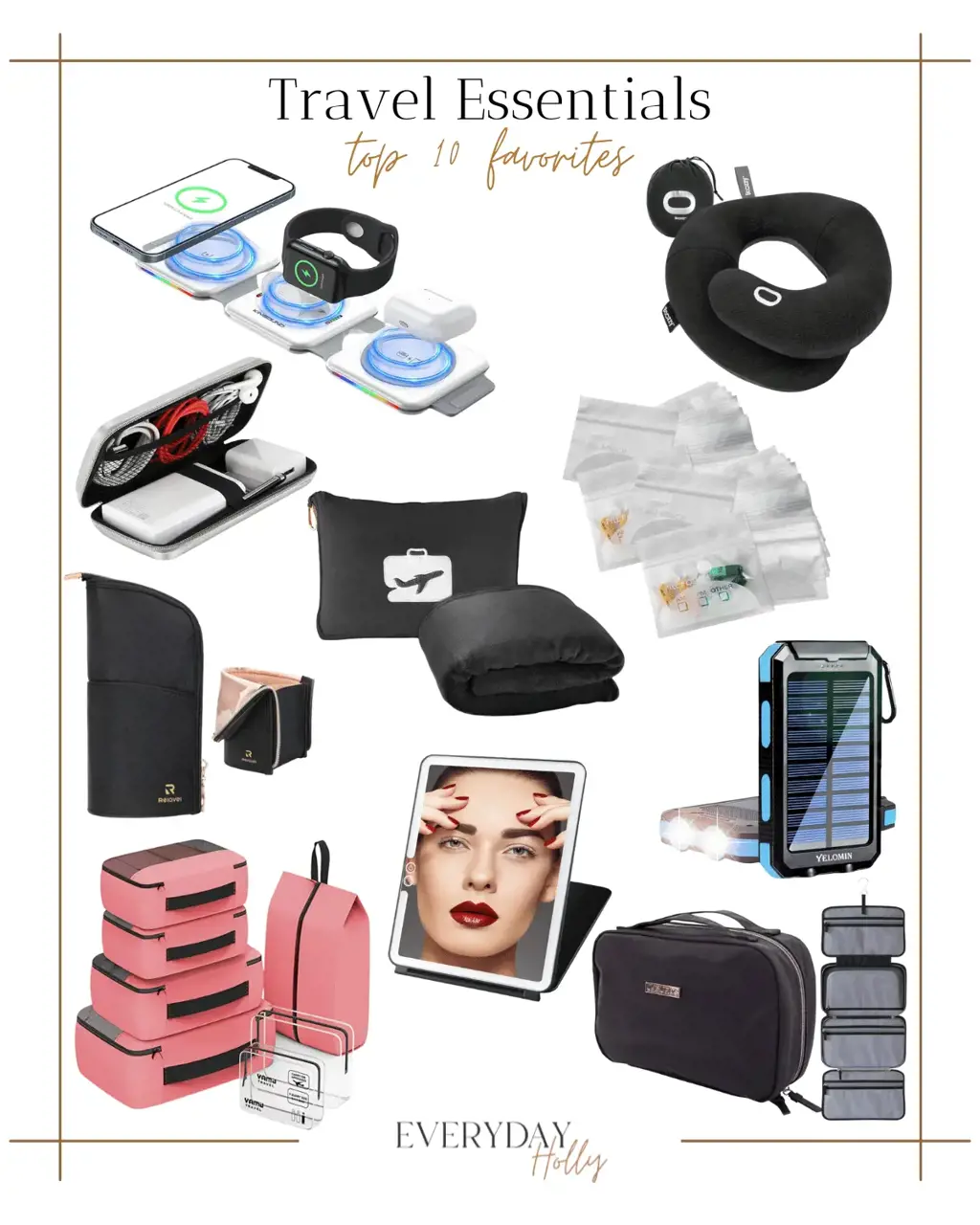
When it comes to air travel, packing efficiently and bringing along the essential items is crucial for a smooth and comfortable journey. Whether you are a seasoned traveler or a first-time flyer, having the right items in your carry-on and checked luggage can make a world of difference. In this article, we will discuss the essential items to pack for air travel.
- Travel documents and identification: One of the most important items to pack is your travel documents, including your passport, visa, and any necessary identification. These documents are necessary for boarding the aircraft and entering your destination country. It is always a good idea to have copies of these documents stored digitally as well.
- Medications: If you take any medications regularly, make sure to pack an adequate supply in your carry-on bag. It is advised to carry your medications in their original packaging to avoid any confusion or issues with airport security. Additionally, if you have any allergies or medical conditions, consider packing the necessary medication or medical information to address any emergencies that may arise during your journey.
- Comfortable clothing: Airplane cabins can sometimes get chilly, so it's a good idea to dress in layers. Pack a lightweight jacket or sweater that you can easily take off or put on as needed. Additionally, wear comfortable shoes that are easy to slip on and off during security checks.
- Toiletries and personal care items: Travel-sized toiletries such as toothpaste, shampoo, and deodorant are essential for your carry-on bag. Make sure to follow the TSA regulations regarding liquids and gels, which typically require them to be in containers of 3.4 ounces (100 ml) or less and placed in a clear, resealable bag. You may also want to bring a small pack of wet wipes, hand sanitizer, and facial tissues for added comfort and cleanliness.
- Entertainment: Long flights can be tiring, so having some form of entertainment can help pass the time. Pack a book, e-reader, or download movies and TV shows on your electronic device before your flight. Don't forget to bring headphones or earbuds to enjoy your chosen entertainment without disturbing your fellow passengers.
- Snacks and water: While airlines usually offer food and drinks during the flight, it's always a good idea to have some snacks and a refillable water bottle with you. It can be helpful if you have specific dietary requirements or if you get hungry in between meals. Just be sure to check the airline's rules about bringing outside food on board.
- Travel adapter and chargers: If you are traveling to a different country, pack a travel adapter that is compatible with your destination's electrical outlets. This will ensure that you can charge your electronic devices and stay connected. Additionally, remember to pack all the necessary chargers for your phone, tablet, laptop, or any other electronic gadgets you may be carrying.
- Extra clothes and underwear: It's always a good idea to pack a change of clothes and underwear in your carry-on bag. This can come in handy if your checked luggage is lost or delayed. Having a fresh set of clothes can also make you feel more comfortable during a long journey.
- Travel pillow and blanket: If you struggle to sleep on planes, consider packing a travel pillow and a small blanket for added comfort. These items can make a significant difference in getting some rest and arriving at your destination feeling more refreshed.
- Money and credit cards: Lastly, don't forget to pack some cash in the currency of your destination and your credit or debit cards. It's always a good idea to have multiple payment options in case of emergencies or if you need to make any purchases during your journey.
In conclusion, packing the essential items for air travel can greatly enhance your overall travel experience. By ensuring you have your travel documents, medications, comfortable clothing, toiletries, entertainment, snacks, adapter and chargers, extra clothes, travel pillow, and money, you can be better prepared for any situation that may arise during your journey. Remember to check the specific regulations and restrictions of your airline and destination country to avoid any issues. Happy travels!
Your Essential Packing Guide for Bali: Don't Forget These Must-Have Items!
You may want to see also

Are there any restrictions on what items can be packed in carry-on luggage?
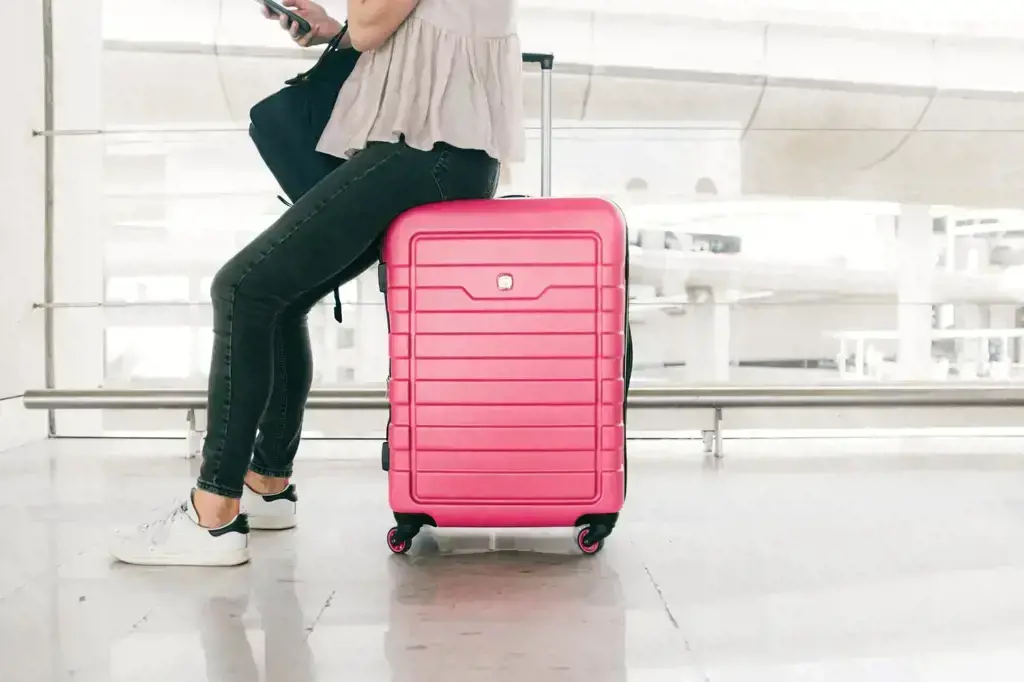
When it comes to traveling, it is important to be aware of the restrictions on what items can be packed in carry-on luggage. These restrictions are in place to ensure the safety and security of passengers and to prevent any potential hazards during the flight.
One of the most common restrictions is the limitation on liquids. According to the Transportation Security Administration (TSA), passengers are allowed to bring a quart-sized bag of liquids, aerosols, gels, creams, and pastes in their carry-on bags. Each container must be 3.4 ounces (100 milliliters) or less. These items must be placed in a clear, plastic, zip-top bag and presented separately to the security officers at the checkpoint.
There are some exceptions to the liquids rule. Medically necessary liquids, such as prescription medications, baby formula, and breast milk, are allowed in reasonable quantities. These items may require additional screening, and it is recommended to inform the security officers in advance.
Another restriction on carry-on luggage is the prohibition of sharp objects. This includes but is not limited to knives, box cutters, scissors with blades longer than 4 inches, and ice picks. These items must be packed in checked luggage or left at home to avoid any complications at the security checkpoint.
Additionally, there are restrictions on certain types of sporting goods, such as baseball bats, golf clubs, and pool cues. These items are not allowed in carry-on luggage and must be transported as checked baggage.
Firearms and ammunition are strictly regulated and can only be transported in checked baggage. Passengers must declare these items to the airline and follow specific guidelines for their transportation.
Electronics, such as laptops, tablets, and cameras, are generally allowed in carry-on luggage but must be screened separately at the security checkpoint.
It is important to note that the restrictions on carry-on luggage may vary depending on the airline, destination, and current security measures. It is always recommended to check with the airline or relevant authorities before packing to ensure compliance with the rules.
In conclusion, there are several restrictions on what items can be packed in carry-on luggage. These restrictions primarily concern liquids, sharp objects, sporting goods, firearms, and certain electronics. It is crucial for travelers to familiarize themselves with these restrictions to avoid any inconvenience or delays during the security screening process.
Essential Items to Pack for a Long-Distance Hike on the Pacific Crest Trail
You may want to see also

How can I pack efficiently for air travel to maximize space in my suitcase?
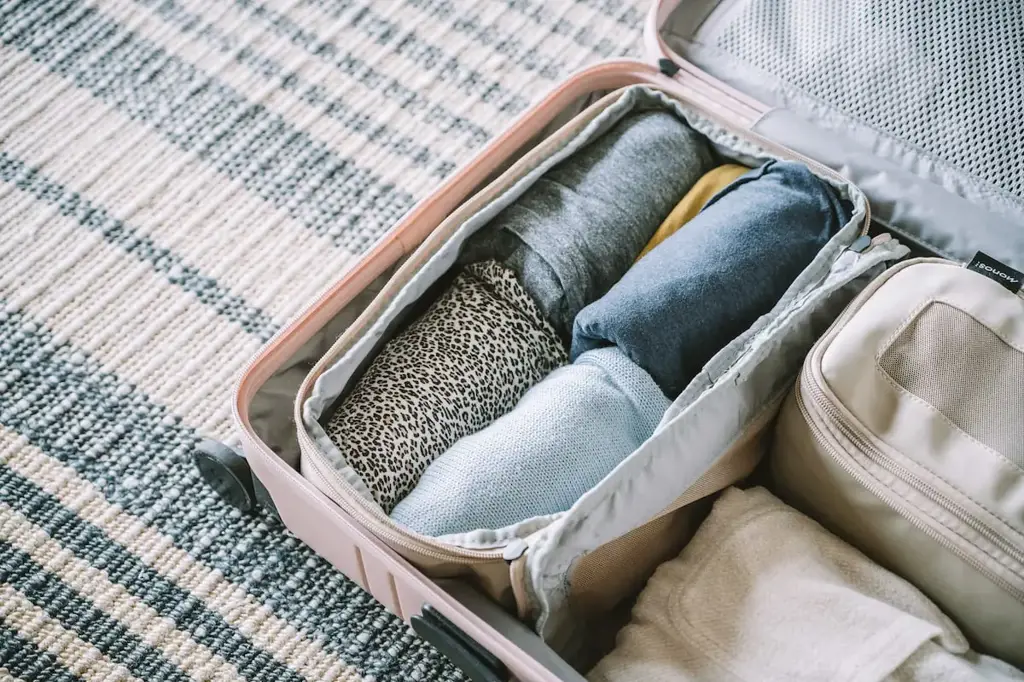
When it comes to air travel, efficient packing can make a huge difference in maximizing space in your suitcase. By utilizing proper techniques and strategies, you can ensure that you have everything you need while still leaving room for souvenirs or other purchases. In this article, we will explore some scientific methods and practical tips to help you pack efficiently for air travel.
Make a packing list:
Before you start packing, it's important to create a packing list. This will help you stay organized and ensure that you don't forget any essential items. Divide your list into categories such as clothing, toiletries, electronics, etc. This will help you pack systematically and minimize the chances of leaving anything behind.
Roll your clothes:
One of the best ways to save space in your suitcase is by rolling your clothes instead of folding them. Rolling not only helps to prevent wrinkles but also allows you to fit more items in limited space. You can use packing cubes or compression bags to further compact your rolled clothes.
Utilize the inside of your shoes:
Shoes often take up a significant amount of space in a suitcase. Instead of leaving that space empty, consider putting small items such as socks, underwear, or even small toiletries inside your shoes. This will help to make efficient use of the empty space and keep your belongings organized.
Utilize packing cubes:
Packing cubes can be a game-changer when it comes to maximizing space in your suitcase. These small, rectangular bags help to compartmentalize your belongings and keep them organized. You can roll your clothes and pack them into the cubes, which will not only save space but also make it easier to find specific items when you unpack.
Use the layering technique:
When packing, it's important to utilize every inch of space. The layering technique involves placing the heaviest and bulkiest items at the bottom of the suitcase and layering the lighter items on top. This helps to distribute the weight evenly and saves space by filling gaps between items.
Pack multi-purpose items:
To save space in your suitcase, consider packing items that can serve multiple purposes. For example, a scarf can be used as a fashion accessory, a blanket, or even a makeshift pillow. Similarly, a sarong can be used as a beach cover-up, a towel, or even a picnic blanket.
Be mindful of the weight restrictions:
When traveling by air, it's important to be aware of the weight restrictions imposed by the airline. Make sure to weigh your suitcase before heading to the airport to avoid any unexpected fees. If you're close to exceeding the weight limit, consider wearing your heaviest items or transferring some items to your carry-on bag.
In conclusion, efficient packing for air travel is all about utilizing space wisely and making strategic choices. By following these scientific and practical tips, you can maximize the space in your suitcase and ensure that you have everything you need for your trip. Happy travels!
Nigel Pack: The High School Journey of a Basketball Phenom
You may want to see also

What are some recommended items to pack for long flights to stay comfortable?
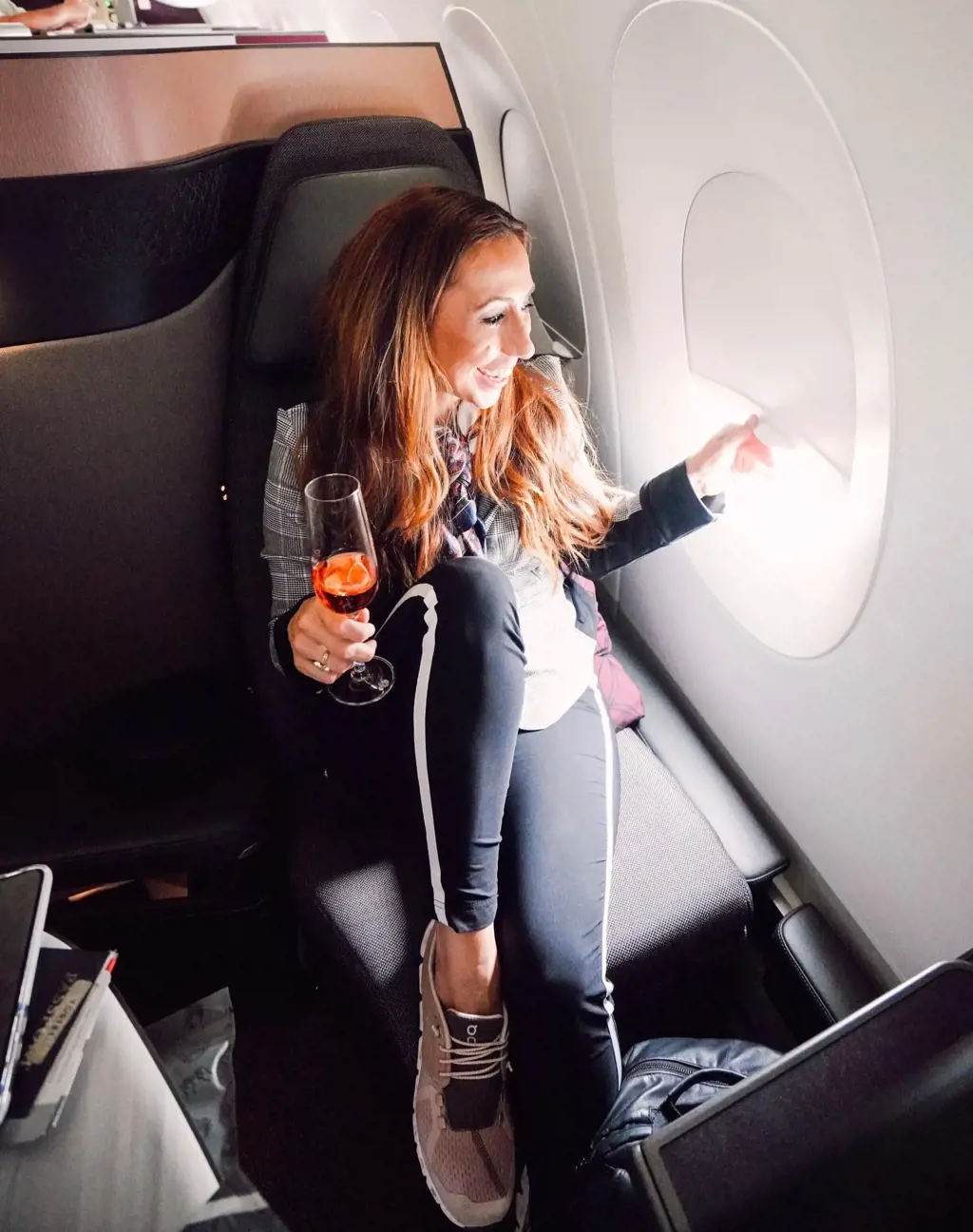
Long flights can be an uncomfortable experience, but with the right items in your carry-on bag, you can make your journey more enjoyable. Here are some recommended items to pack for long flights to stay comfortable:
- Neck Pillow: A neck pillow is essential for providing support and preventing neck strain during long flights. Look for a pillow that is soft and adjustable to fit your neck properly.
- Eye Mask: An eye mask is perfect for blocking out light and promoting sleep on a long flight. Opt for a mask that is comfortable and provides enough coverage to ensure complete darkness.
- Noise-Canceling Headphones: Invest in a good pair of noise-canceling headphones to drown out the ambient noise on the plane. This will allow you to relax and enjoy your favorite movies, music, or podcasts without any disturbance.
- Compression Socks: Compression socks are great for reducing the swelling and discomfort in your legs during long flights. They improve blood circulation and prevent deep vein thrombosis, a condition that can occur due to prolonged sitting.
- Hydrating Skincare Products: The dry cabin air can take a toll on your skin, so it's important to keep it moisturized. Pack travel-sized hydrating face mist, lip balm, and hand cream to keep your skin fresh and nourished throughout the flight.
- Comfortable Clothing: Opt for loose-fitting and breathable clothing to ensure maximum comfort during the flight. Avoid tight jeans or constricting materials that can restrict blood flow and make you feel uncomfortable.
- Snacks: Long flights often have limited food options, so it's a good idea to pack some healthy snacks to keep you fueled. Nuts, granola bars, and dried fruit are all great options that are easy to pack and provide sustained energy.
- Entertainment: To keep yourself entertained during the flight, bring a book, magazine, or electronic device loaded with movies, games, or e-books. This will help pass the time and make the journey more enjoyable.
- Travel Blanket: Airlines often provide thin blankets, but they might not be enough to keep you warm. Packing a lightweight and compact travel blanket can provide you with additional warmth and coziness during the flight.
- Travel-sized Toiletries: It's important to freshen up during long flights to feel more comfortable. Pack travel-sized toiletries such as toothbrush, toothpaste, and face wipes to maintain personal hygiene.
Remember to check the airline regulations regarding what items you are allowed to bring on board before packing. With these recommended items, you can make your long flight more comfortable and enjoyable, ensuring a relaxed and pleasant travel experience.
Essential Items to Pack for a Memorable Trip to Charleston, SC
You may want to see also

Are there any specific items that should always be packed in a carry-on bag for emergencies or unexpected situations?
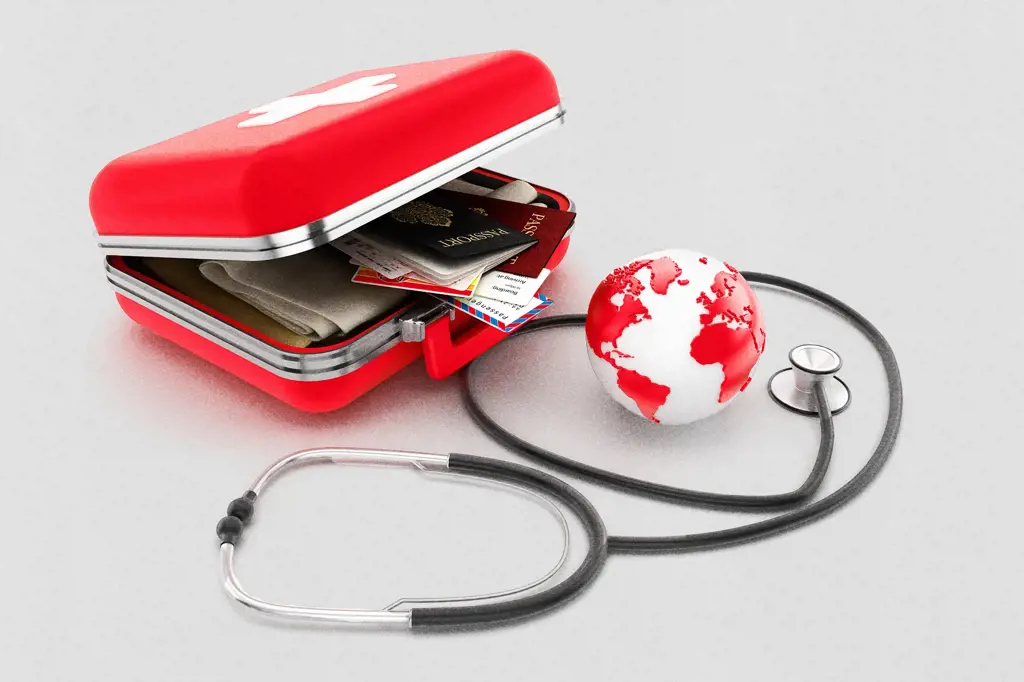
When traveling, there is always a chance that unexpected situations or emergencies may arise. Whether it's a delayed flight, lost luggage, or a medical emergency, being prepared can make all the difference. One essential aspect of being prepared is having a well-stocked carry-on bag in case such situations occur.
While the specific items that should be packed in a carry-on bag can vary depending on individual needs and preferences, there are several essentials that should be included to ensure a level of comfort and safety during unexpected situations.
First and foremost, it is crucial to have all necessary travel documents readily accessible. This includes your passport, boarding pass, identification cards, travel itineraries, and any other relevant paperwork. Keeping these documents in a designated folder or pouch within your carry-on bag will help prevent them from being misplaced or lost.
Another essential item to have in your carry-on bag is a change of clothes. This can come in handy if your luggage gets lost or if you encounter unexpected weather conditions. Additionally, having a spare set of undergarments is always a good idea, as it provides a sense of comfort and cleanliness in situations where access to laundry facilities may be limited.
A travel-sized toiletry kit is another crucial item to have in your carry-on bag. This should include items such as a toothbrush, toothpaste, deodorant, and any necessary medications. It is also recommended to include a small first aid kit with essentials such as band-aids, pain relievers, and antiseptic wipes. These items can be valuable in minor medical emergencies or situations where access to medical assistance is limited.
In case of a long layover or unexpected delays, having entertainment options in your carry-on bag can be a lifesaver. This can include a book, a tablet or e-reader, headphones, or even a portable gaming device. These items can help pass the time and alleviate boredom during unexpected waits.
Additionally, it is a good idea to have a portable charger for your electronic devices. This will ensure that you can keep your phone, tablet, or laptop charged in case of a power outage or a lack of available charging stations. Staying connected can be crucial in emergency situations, and having a fully charged device can provide a lifeline to reach out for help or gather information.
Lastly, having a small amount of cash or a backup credit card in your carry-on bag can be beneficial. It provides a safety net in case of a lost or stolen wallet, ensuring that you have access to funds to cover immediate expenses or emergencies.
While these are some of the essential items that should be included in a carry-on bag, it is important to individualize your packing list based on your specific needs and destination. Factors such as the duration of the trip, the climate of the destination, and any specific medical conditions should be taken into consideration when packing your carry-on bag.
In conclusion, having a well-packed carry-on bag is essential when traveling to be prepared for unexpected situations or emergencies. By including necessities such as travel documents, a change of clothes, toiletries, entertainment options, a portable charger, and some emergency cash, you can ensure a level of comfort and safety during unforeseen circumstances. Remember to individualize your packing list based on your specific needs, ensuring that you are prepared for any situation that may arise.
Essential Items to Pack for Your Stay at Abington Hospital
You may want to see also
Frequently asked questions
When traveling by air, it is important to have the necessary travel documents with you. This will typically include your passport or other acceptable forms of identification, such as a driver's license or government-issued ID. If you are traveling internationally, you may also need a visa or other documentation specific to your destination country. It is also advisable to have a printed copy of your flight itinerary and any other travel confirmations.
When packing your carry-on bag for air travel, it is important to include essential items that you may need during the flight or in case your checked luggage is lost or delayed. This may include your travel documents, wallet or purse, electronic devices and chargers, medications, toiletries, a change of clothes, and any other valuables or important items.
When it comes to liquids and toiletries, there are specific restrictions that you need to be aware of when packing your carry-on bag for air travel. According to the Transportation Security Administration (TSA) regulations, liquids, gels, and aerosols must be in containers that are 3.4 ounces (100 milliliters) or less and all of these containers must fit comfortably in a clear, one-quart-sized plastic bag. Each passenger is allowed only one bag of liquids, which must be removed from the carry-on bag and placed in a bin for screening at the security checkpoint. Exceptions to this rule include medications, breast milk, and infant formula, which are allowed in reasonable quantities.
Yes, you can pack food in your carry-on bag for air travel. However, there are some restrictions and guidelines that you should follow. Solid food items, such as sandwiches, fruit, and baked goods, are generally allowed through the security checkpoint. However, liquids or gels in food items, such as yogurt, sauces, or soups, must adhere to the TSA's liquid restrictions and be in containers of 3.4 ounces or less. It is always a good idea to check the TSA website or contact the airline for specific guidelines and restrictions on food items before packing them in your carry-on bag.







